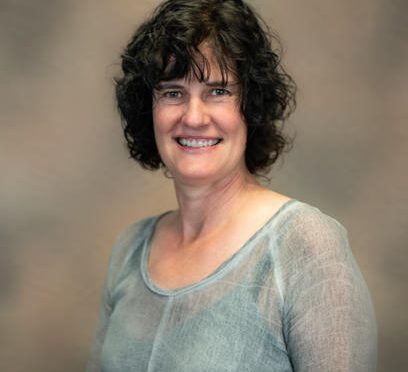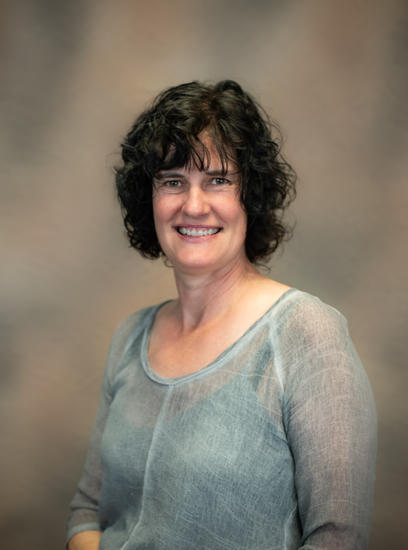
Professor Begoña Echeverria is no stranger to Buber’s Basque Page. Back in 2014, she wrote a guest column describing her use of song to teach elements of Euskara. However, that is only one of the myriad of activities she is leading to not only promote but also to understand Basque language and culture. Her play Picasso Presents Gernika is currently making the virtual rounds, and we’ll discuss that soon in a separate post (though you can find more information about the next screening here). In this interview, we delve into Begoña’s latest book — “Witches” and Wily Women — where she examines the place of the feminine in Basque language and culture. Begoña recently gave a presentation to mark the launching of her book, and another is coming up on April 7 — check here for details (registration required).
Buber’s Basque Page: Both of your parents were from the Basque Country but you grew up in the United States. What was it like having Basque as your first language? When did you realize that not speaking English at home was unique?
Begoña Echeverria: Speaking Basque at home — and with my aunts and uncles when we visited them on Sundays — just seemed normal to me. I don’t recall thinking it was odd or anything while I was in school, and I didn’t really get that Basque itself was an unusual language until I got to college. My friends would overhear me speaking in Basque to my parents on the phone (back in the day when you had to go down the hall to use a payphone), and ask me questions about it that I couldn’t necessarily answer. Like how old the language was, or why it sounded so different from languages they knew.
Begoña Echeverria is the daughter of Basque immigrants to southern California. A native Basque speaker with a PhD in sociology, she is a Professor at UC Riverside’s Graduate School of Education. Her research on Basque language, culture and identity has been published in academic journals in education, sociolinguistics, anthropology, history and folklore. She is also a singer-songwriter with the Basque-American trio, NOKA (www.ilovenoka.com), which has performed over 60 concerts domestically and internationally. Her historical novel, The Hammer of Witches, loosely based on the 1610 burnings of Basque “witches” from the Baztan Valley in northern Spain from which her family hails, was the Historical Novel Society’s Editor’s Choice for May, 2015. Other creative works include her docudrama Picasso Presents Gernika, which considers the fate of Basque refugees after the bombing of Gernika in 1937, as well as the artistic journey of Picasso’s anti-war masterpiece, Guernica. (A film screening of the play will be streamed on April 24, 7pm).
BBP: When did you first visit the Basque Country? What was your first impression of the land your parents came from?
Begoña Echeverria: We visited as a family over the summer when I was six; I turned seven while we were there. I remember playing with my cousins, running around their farmhouses, chasing the chickens (my siblings and I each had our favorites). I have very fond memories of getting to know my extended family, and I still remain close to my cousins there. I have family on both sides of the border, so I spoke to all my relatives there in Basque, as it was the only language we had in common.
BBP: Your book, “Witches” and Wily Women, and much of your research focuses on the place of the feminine gender in the Basque language, the concept of “noka.” What is the importance of “noka” in the Basque language and culture?
Begoña Echeverria: The Basque language (“Euskera”) has no “she” or “he,” or “el/le” “la” (as in Spanish or French). It’s completely gender-neutral except for the second person singular pronoun, hi. The ‘noka’ forms indicate that the addressee is female, while the ‘toka’ forms signal that the addressee is male. (These forms are so old, readers will have to forgive Euskera for conceptualizing gender in binary terms.) But while noka and toka are linguistically equal in that they occupy the same place in the language, I have shown in my research that they are sociolinguistically unequal — noka is often considered rude or disrespectful, has no unambiguously positive associations in the culture, and is disappearing from speech at a much faster rate than is toka. I believe that this is emblematic of the male bias in Basque society as a whole, where men are celebrated as the main protagonists in history and the producers of culture, while the accomplishments of women are overlooked or unknown. The loss of noka also deprives Basque speakers of the opportunity to address women and girls with as much linguistic richness as they do boys and men, which is an inequity in and of itself. But by focusing on texts that use noka (as my book does in examining biblical materials, folklore and song since the 16th century) we uncover images of the “feminine” that are not otherwise obvious — images of women and girls playing active roles in their own lives and in Basque culture, telling tales we don’t normally hear — that enrich all of us. We also learn that women have played active roles as creators of Basque culture; about a third of the folklore and song texts were written by women, but their names are usually just put in the footnotes or omitted altogether.
BBP: In the presentation you gave at the launching of your book, you described how “noka” had been vilified, particularly as compared to the masculine equivalent “toka,” and that much of that could be attributed to how the Basque translation of the Catholic Bible portrayed “noka.” How did the Protestant treatment differ from the Catholic version?
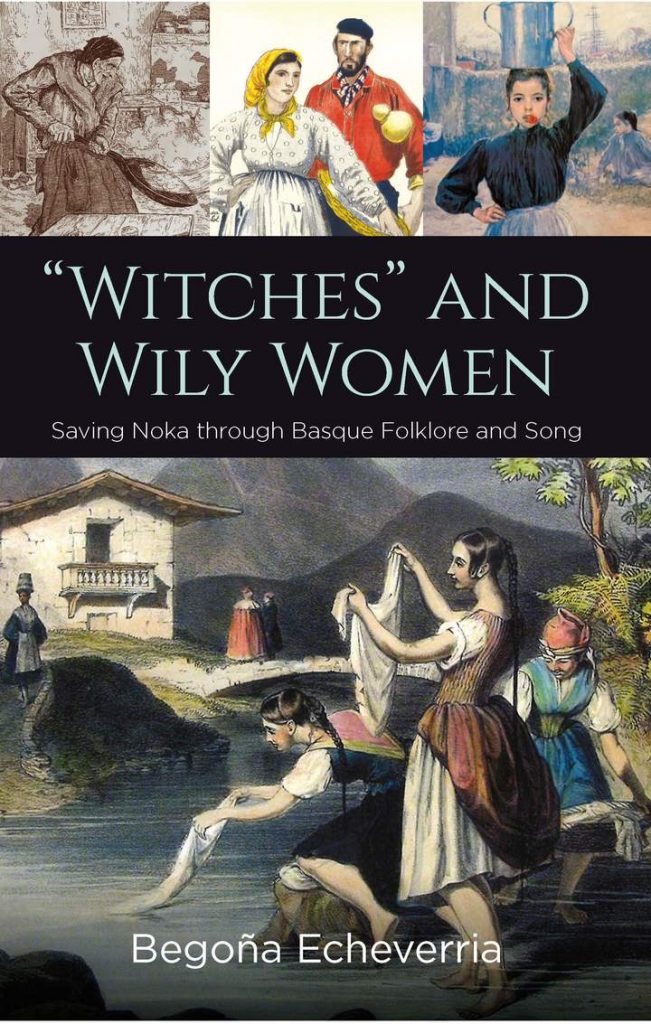
Begoña Echeverria: It was quite a shock for me to learn not only that the two religions used pronouns differently but that Protestants published the Bible in Basque centuries before Catholics did. The Protestant Queen Jeanne d’Albret of Navarre commissioned Joanes Leizarraga to translate the New Testament in 1571, and the Protestant convert Pierre d’Urte published a fragment of the Old Testament around 1700. I came across the d’Urte Old Testament on a library shelf when another book I was looking for was missing, and I noticed right away that the pronouns were ‘wrong.’ It was using noka and toka for all speech directed to a single addressee, regardless of the social status of the people in the conversation: between God and Eve, Abraham and Sarah. This use of the familiar to address God (as in prayer) or between spouses is almost unheard of today. Then I looked through Leizarraga’s New Testament, and noticed the same pattern there: Jesus used noka/toka with God the Father, but also with the Virgin Mary, the Samaritan Woman, Mary Magdalena, and his Apostles. Noka is used for every kind of interaction: positive, negative, everything in between. In contrast, the first Catholic Bible wasn’t published until 1865, when L. L. Bonaparte (Napoleon’s nephew) commissioned Jean Duvoisin for the task. And it uses noka exclusively for very negative purposes: only in the Old Testament, when God is condemning a city or country for disloyalty, personified as female, using violent or sexualized imagery.
BBP: To what extent are these differences due to the different outlook between Protestantism and Catholicism, versus each individual translator’s relationship with the Basque language?
Begoña Echeverria: Good question. I wondered that myself, but as I don’t have a time machine (or do I?) to see how the translators spoke in their daily lives, I compared other texts that they translated, and I found that the pronoun differences definitely had to do with theology rather than personal preference. Leizarraga, for example, uses the formal pronoun (zu) in thanking Queen Jeanne d’Albret, who commissioned him to translate the New Testament, which suggests he felt that the use of noka with an actual female monarch was inappropriate, even though his text uses noka to address every single female character, regardless of status. Similarly, Pierre d’Urte published a grammar in addition to the Old Testament fragment, and he uses zu in addition to hi (the familiar pronoun) in sample dialogues he includes. As for Bonaparte, his preference for zu follows the pronominal tradition established in Roman Catholic texts going back to the 17th century. Zu is used almost all of the time; hi is used only for very negative interactional purposes, like when the mob mocks Jesus on the cross, or Jesus casts out a demon from a possessed person. The only use of noka I found was from Axular’s Gero from 1643, when God uses it to chastise a lazy person’s soul, which is addressed as if it were female. A negative precedent for noka, indeed.
BBP: In your presentation, you noted how there is an effort to create a gender-neutral versus of the familiar pronoun. Would it be easier to just ‘lose’ gender completely in the language? What, in your opinion, would be lost if Basque became truly genderless (losing both noka and toka)?
Begoña Echeverria: Much research has shown that whenever gender matters in a society or culture, that will be reflected in (and reinforced) by the language. So the answer is not to keep or get rid of noka and toka, but to create a Basque culture that is more gender-equitable that can support a gender-equitable language, whatever its pronouns are. Most Basque speakers do not know or use noka or toka, but they still use language to construct gender identities or (re)create gender power dynamics. For instance, in my research many years ago I found gender differences in language use even among bilingual Basques: girls and women spoke Spanish or French in domains outside the home where boys and men often spoke Basque. This was not due to language ability — female speakers were as linguistically competent as male speakers — but to the social values ascribed Basque. In processes I discuss in my book, over time the Basque language and identity have been constructed in terms that favor male speakers, because Euskera is used in positively-valued male-dominated domains (rural sports like pilota, activities like bertsolaritza), so that speaking Basque also has connotations with rugged masculinity. But for female speakers, speaking Basque has not had such positive associations, and was actually used as an epithet. So girls and women, understandably enough, would speak Spanish and/or French at work or in social contexts outside the home to construct more positive “feminine” identities. This also made sense economically, as the more socially-mobile jobs for women required proficiency in languages other than Basque.
Even so, losing noka would be shame because it provides unique perspectives on the world that would be lost without it. As Euskera is a language isolate, there is no other language it could bequeath noka’s insights to, if noka itself were to disappear. The danger is not nearly as great with toka, as there are still many domains in contemporary life as well as the historical record to keep it alive.
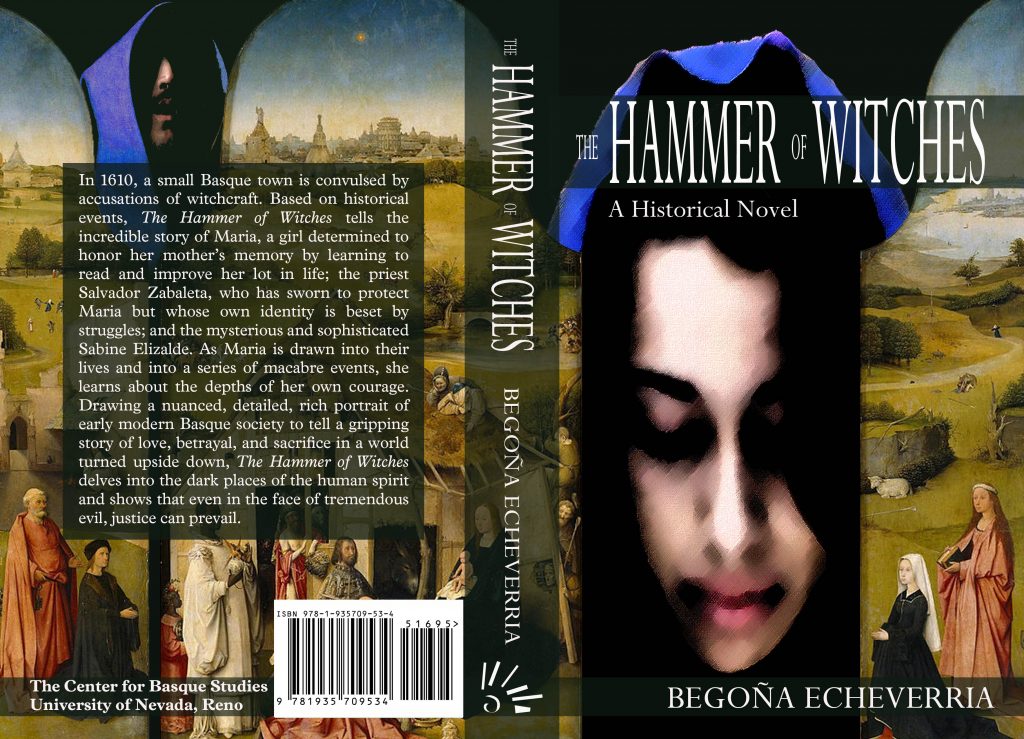
BBP: Where is your research taking you now? What’s next?
Begoña Echeverria: Thanks for asking! I have a few projects in the works. I just started a collaboration with the Riverside Arts Academy called “Improving Literacy Using Music,” which we hope will ILUMminate (I can’t help myself…) ways to integrate music and perhaps other creative expressions into the K-3 curriculum in California. With Dr. Heather Sparling at Cape Breton University, I am co-editing a volume on “Music and Heritage Language Revitalization” for the Journal of Multilingual and Multicultural Development. With UCR colleagues Drs. Annika Speer, Bella Merlin and Richard Cardullo, I am conducting a workshop based on the film of my play Picasso Presents Gernika, which will be screened on Saturday, April 24, 7pm PST. (Visit here for more information.) Now that “Witches” and Wily Women is done, I hope to take a closer look at Basque versions of global fairy tales like Cinderella and Rumpelstiltskin that use noka to see what perspectives and life lessons they might offer. I’m working with illustrator Lara Scott on a series of children’s books: Basque-ing in Numbers is currently available through basqueimports.com, and we hope to have Basque-ing in the ABCs available for Jaialdi, 2022. I also hope to have a Spanish version of my historical novel, The Hammer of Witches (basquebooks.com), loosely based on the 1610 burning of Basque “Witches” from Baztan, available by then. Right after finishing this interview, I will be revising the first draft of my historical novel in progress, Apparitions, which explores the supposed apparitions of the Virgin Mary to Basque children amid the political and religious tumult that preceded the Spanish Civil War.
We’ll see what other ideas come to me…
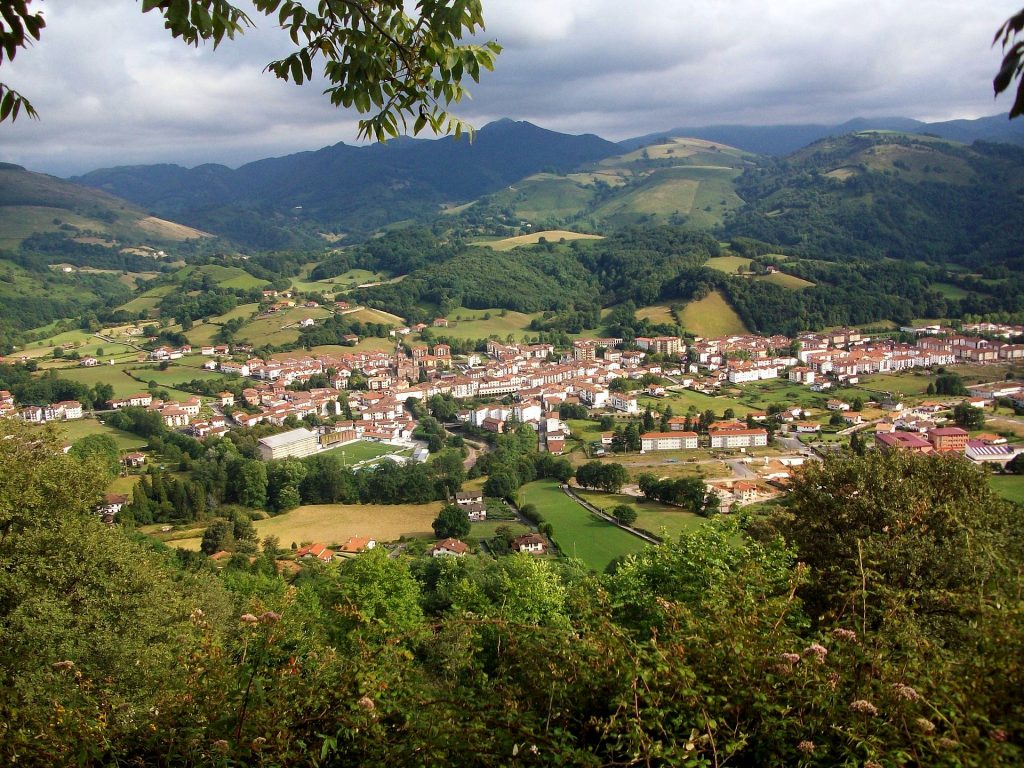
BBP: What are your favorite places in the Basque Country? Your favorite things to do?
Begoña Echeverria: My favorite places are wherever my family lives, in Baztan and the countryside around Baiona. As for things to do: visiting, singing and eating with family and friends — preferably all at the same time — and communing with old Basque books in the archives!
BBP: Do you have any parting words before we conclude?
Begoña Echeverria: I would like to take this opportunity to thank the Basque immigrant communities for all their support of my various endeavors over the years — and to you, Blas, for your continued interest in my work. I am having a book talk through UC Riverside’s Center for Ideas and Society on Wednesday, April 7, 3pm PST [check here for details (registration required)] for those readers who can make it. But if there are Basque clubs or other groups out there interested in additional presentations on my book, I’d love to hear from you!: b.echeverria@ucr.edu.
BBP: Mil esker, Begona!
Discover more from Buber's Basque Page
Subscribe to get the latest posts sent to your email.

